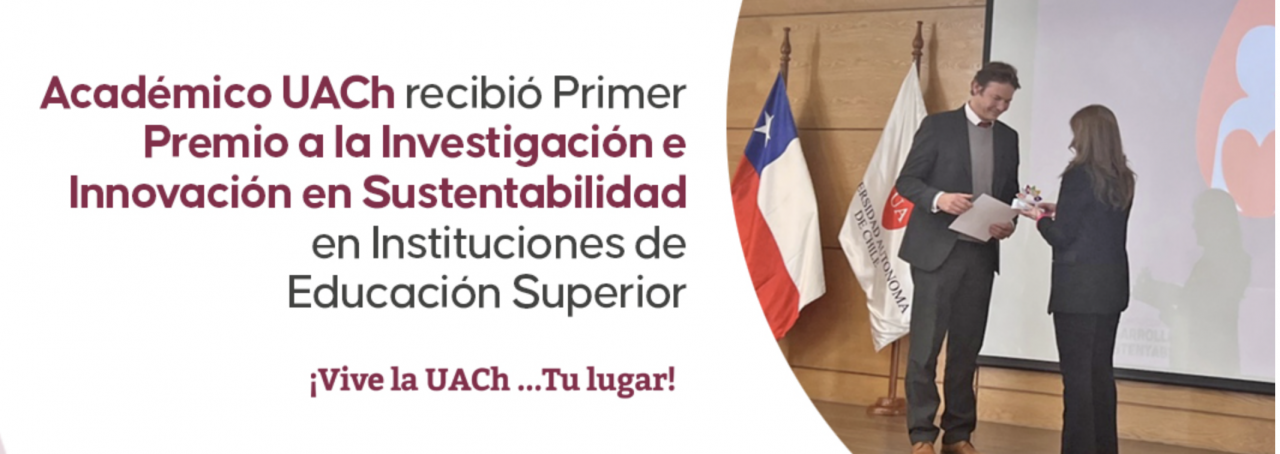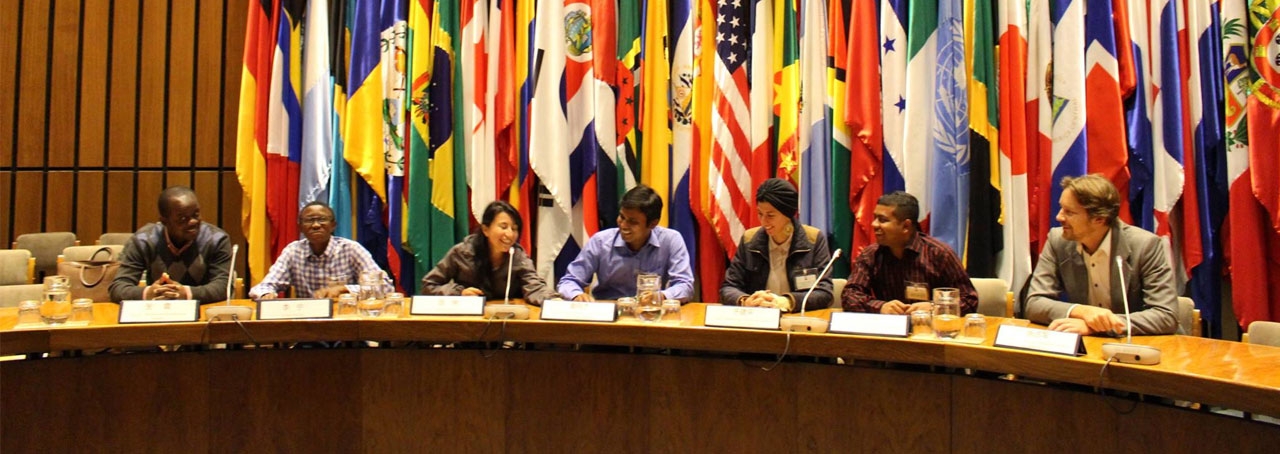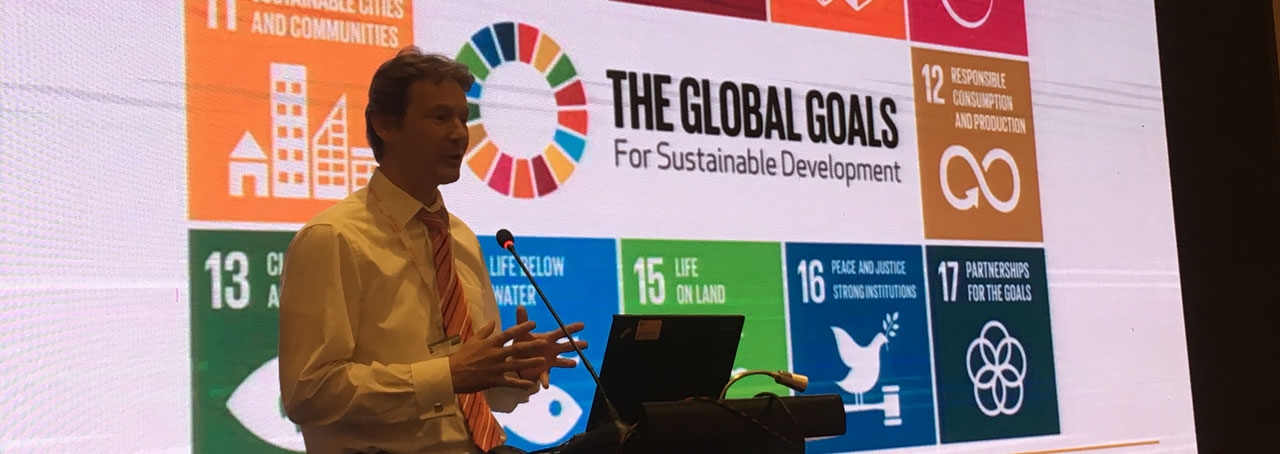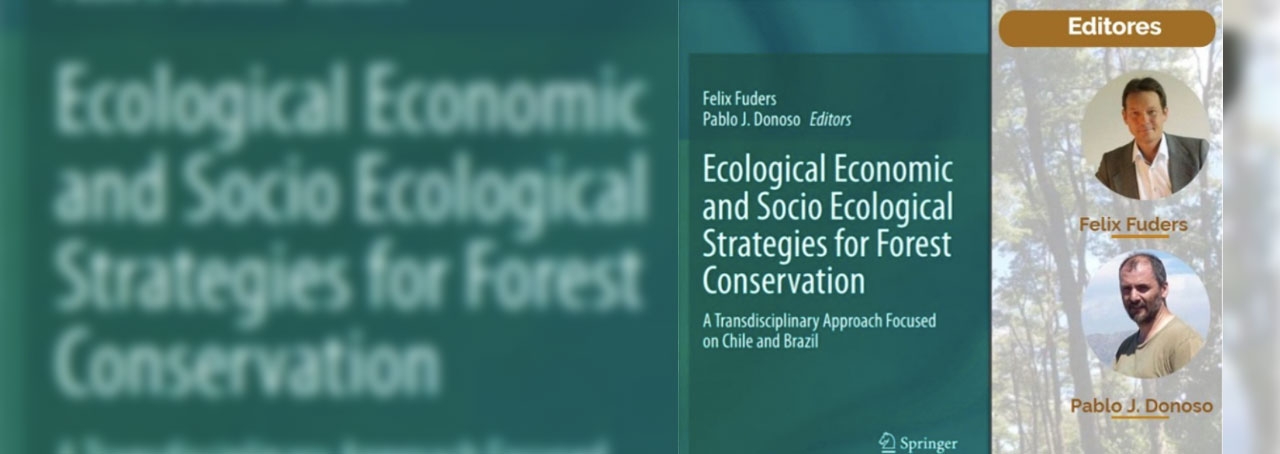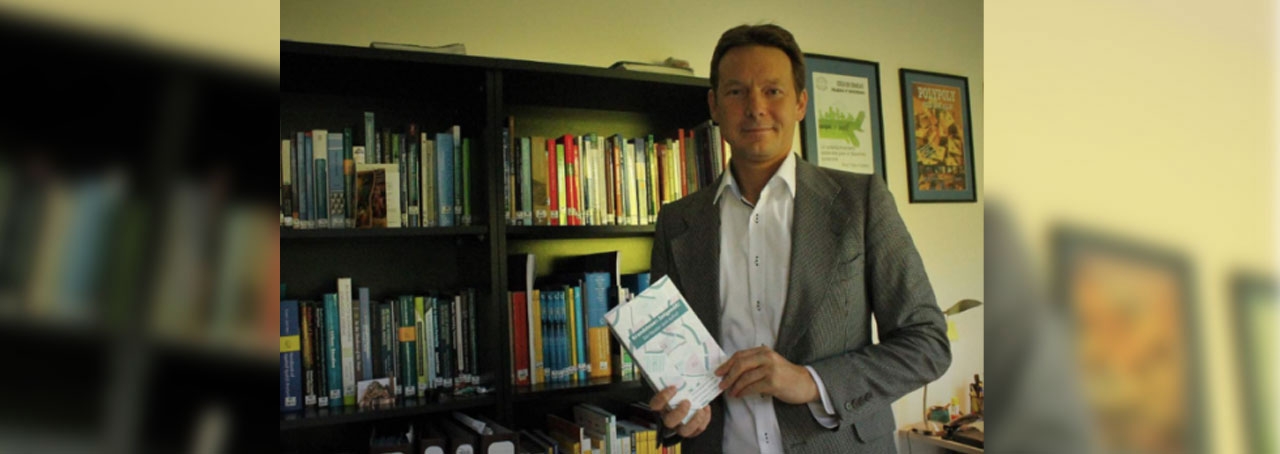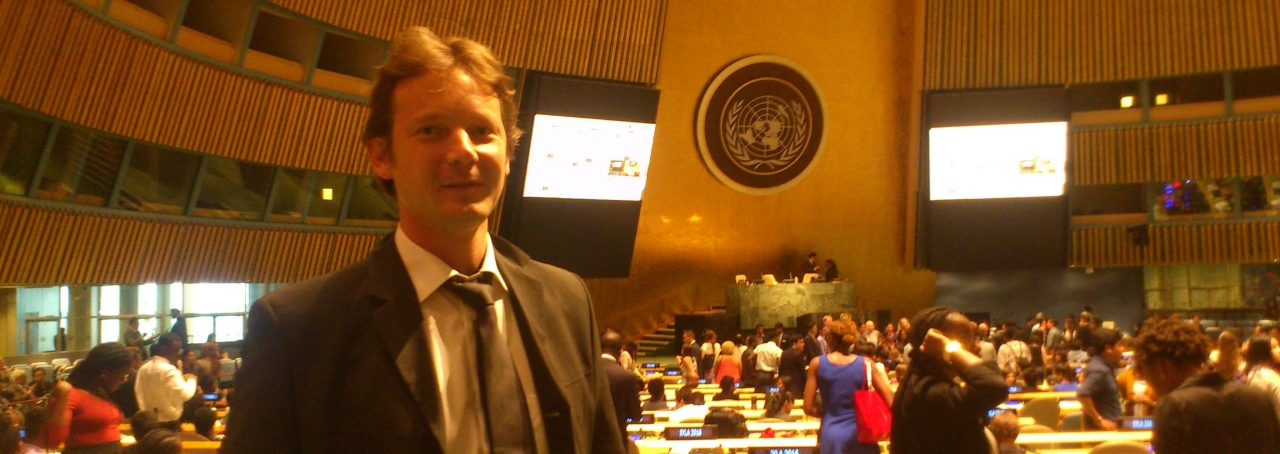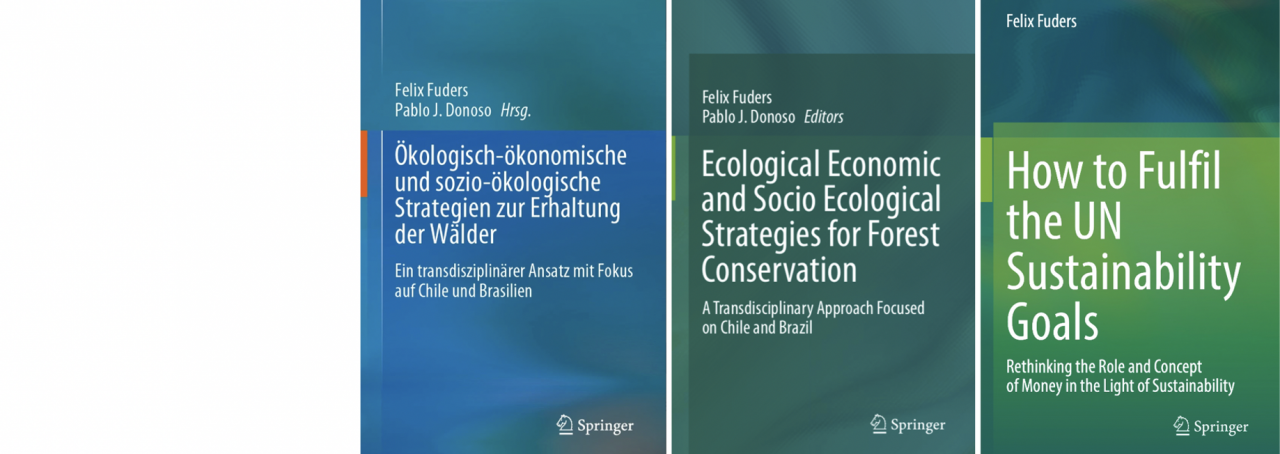Covid-19: do the quarantine measures meet the proportionality criterion?
Felix Fuders, Universidad Austral de Chile
Roberto Pasten, Universidad Austral de Chile
Eugenio Figueroa, Universidad de Chile
Carlos Bravo, Universidad Austral de Chil
1. Introduction: few facts and many questions
To what extent is it permissible to provoke an economic crisis, the extent and effects of which we know quite a lot about, if in return the “bad” to be limited is not known in its extent? Which restriction of fundamental rights (freedom of assembly, freedom of speech and democracy) may be used to reduce a group’s mortality risk? Are measures permissible if a similarly safe state could be achieved for a few (risk group) with less restrictive measures? Do we want to take such risks if we do not know where this path leads and therefore prevent further spread of the virus at all costs? Can a large part of society and the healthy world population be exposed to a risk of (starvation) death and social disruption, so that a small, known risk group can extend its remaining life, already marked by morbid conditions, by a few months? In the following we will go through these questions and will conclude that, even though we do not know much, to the current state of knowledge the strict quarantine measures applied in most countries in the world seem to not meet the principle of proportionality.
2. Hunger could kill more than the virus
2.1 Some figures at a glance
Here some country-specific figures: So far (07/14/20) 200,075 Covid-19 infected persons have been counted in Germany (John Hopkins University, 2020), that sounds a lot at the first glance. However, the number is put into perspective when compared to the 45,000,000 or so people who get ill of conventional cold pathogens in the Germany every year. The number of people infected with conventional colds and flu every year is even significantly higher, since not everyone who gets infected also falls ill. However, reliable statistics do not exist. Also, the number of people who die from Covid-19 is frightening only at first sight. In Germany, 8,914 people have died of the new coronavirus so far (John Hopkins University, 2020); however, during the last winter 2018/2019, 25.100 people died from the classic flu in Germany (RKI, 2019), or almost three times as much as from the current pandemic. Moreover, these numbers could, in fact, be higher for most people who die of the classic flu are usually old people who, if they die at home and not in a hospital, will not appear in the statistics as influenza deaths but as natural deaths. The US Centers for Disease Control and Prevention (CDC) admits that the figures on influenza deaths can only be estimated (CDC, 2020a; 2020b)[2].
2.2 Do people die from Covid-19 or from old age and previous illnesses?
Co-morbidity greatly explains the high lethality of covid-19, especially among older people. As is the case with the classic flu, an otherwise healthy person will most probably not die of Covid-19. According to recent studies the vast majority of Covid-19 deaths are elderly people or those affected simultaneously by other diseases (Wang, et al., 2020; Guan, et al., 2020; Posch, et al., 2020; RKI, 2020; Welt, 2020). In fact, in hard-hit rich countries about 60% of all covid-19 deaths are among people of 80 years old and more. Even in the United States, which is an outlier, data released on June 16th by the Center for Disease Control (CDC) show that the people in their 80s account for less than half of all covid-19 deaths (The Economist, 2020).
2.3 ‘Flattening’ the infection curve only works as long as the measures are maintained
The idea of flattening the infection curve is also questionable. Of course, the permanent flattening of the infection curve is not possible at all. It is not necessary to be a virologist to understand that once the quarantine is lifted, infection rates would have to rise exponentially again. According to the common belief, only one person with corona infection left over after the quarantine would be enough to start the exponential spread again. After all, it all started with a single person who had entered the respective country.
The idea of flattening the infection curve in order not to overload the health system only works as long as the measures are maintained until the entire population –or significant parts of it– is infected and has produced immunity. For example, with a daily infection rate of 3,000 people in Germany (and that was the average infection rate in Germany in April and May), it would take 26,666 days, i.e. 74 years, for 80,000,000 Germans before the quarantine could be lifted. The same rational you can apply similarly in other countries. After five years at the latest, however, we will all have starved to death. Already after half a year many will die of hunger, especially in poorer countries, where many are already destitute before the artificial economic recession started. Many small and medium sized enterprises (SMEs) will go bankrupt, and the markets will subsequently be even more concentrated, thus increasing inequality since market concentration is probably one of the most important reasons for the growing income inequality, along with our financial system (Kennedy, 2006; 2011; Fuders, 2010; 2014; 2016; Fuders & Max-Neef, 2014a; 2014b).
3. The principle of proportionality is not respected
3.1 There is a milder remedy than the total standstill of the economy
Why is quarantine not simply limited to the persons belonging to the risk group? As already mentioned, the majority of deaths are elderly people (which is why these could be interpreted as natural deaths due to old age or deaths due to the respective previous illness rather than Covid-19 associated deaths). That is to say, even if we deemed Covid-19 to be so dangerous that it is justified for the first time in history not only to put the sick under quarantine, there is absolutely no reason why we should restrict fundamental rights (especially right of assembly) to those who have no or very little probability to die.
If it was possible to achieve the same effect, namely the protection of the most vulnerable people, by a milder means than the total standstill of the economy, why not do it? To answer this question, it is important to apply the normative criterion of proportionality in order to discern the correct balance between the objective pursued and the means and methods used to attain it as well as their consequences. Proportionality is a core principle in public law, which provides a logical method to assist in determining the legality of a certain action. If it is possible to achieve a legitimate objective with a smaller restriction of freedoms, then the principle of proportionality, belonging to the fundamental principles of a constitutional state, even obliges the legislator to do so[4]. In the case of the covid-19 pandemic at hand, the proportionality principle constitutes not only a compelling normative criterion to guide the required public policies, but it also provides a useful practical tool to minimize, although not to eliminate, both of the arising conflicting consequences from the necessary public actions, the health costs and the economic and social costs involved in these actions pursuing the desired objective of controlling and stopping the epidemic.
3.2 There could be more deaths from hunger than from the virus
However, even if there were no milder means of achieving the same legitimate objective (the protection of human lives), the drastic quarantine measures currently enforced almost everywhere in the world can hardly be considered adequate. With the economy running almost to zero, we run the risk of creating an unprecedented wave of bankruptcies, especially, but possibly not only in SMEs, and because most people work in SMEs of creating an unprecedented economic crisis and unemployment, which could be much worse than the crisis of the 1930s. It is not unlikely that massive credit defaults will then trigger the overdue (Fuders, 2010; 2017; Fuders & Max-Neef, 2014a; 2014b; Fuders, et al., 2013) world financial crisis. Here it would be enough for only one country to experience a Bank Run that could then expand to other countries (contagion effect) because capital markets being highly interconnected. As was the case in the Great Depression, such a financial crisis will melt down the money multiplier effect (Dornbusch, et al., 2009), resulting in a strong decrease of money supply with a strong deflationary tendency on the real economy.
Even without financial crisis, the World Trade Organization expects world trade to decrease by 32% (WTO, 2020). If companies went bankrupt, the collapse of the globally integrated value chains and thus the collapse of the global economy could persist for many years, even if the quarantine was abrogated after a few months. If the quarantine is maintained for a few more months, it is not unlikely that we will see famines, especially in developing and emerging countries where the public sector does not have the means to subsidize unemployment over a longer period of time. In many countries, the retail trade alone plus the tourism sector account for 20% of GDP. Then there are suppliers and all those companies that have suffered heavy losses because many have less income at the moment and also spend less. For example, in Germany even the automobile industry got to a standstill in April and May, and that had never happened before, not even during World War II. If this lockdown of the economy lasted a year, GDP in Germany –and similarly in many other countries– could fall by up to 50%. But just three months would already lead to a GDP decrease of 3/12 of 50%, that is 12.5%. The problems already affecting the world aviation industry, the tourism industry as well as the global oil industry are signs of how troublesome the future can be for many other areas of the global economic activity.
If people worldwide earned 12.5% less on average, then the poorest will starve to death. The poorest, that is almost 10% of the world’s population or 700 million people (Roser & Ortiz-Ospina, 2013). Even of the Spanish flu, which is considered the deadliest pandemic ever recorded, only 20-50 million died (WHO, 2017). Here it is important to remember that poor people and generally those belonging to the lower wage groups are relatively more affected than the average. In Chile (an OECD country), beggars and ambulant street vendors are already starving to death, as there is no one on the streets today who could give alms as usual. People are living similar or even worse situations in many other countries poorer than Chile. This cannot persist for a much longer period without a significant increase in the possibilities of future social unrests, political conflicts, and riots, assaults and lootings by desperate mobs trying to survive.
3.3 Deaths due to malnutrition and lack of hospital beds
Hunger and malnutrition and the resulting weakening of the human immune system could then lead to the spread of other diseases, such as tuberculosis, cholera or typhoid, which especially affect immunocompromised patients. Also, the number of people dying of Covd-19 itself could increase because of the malnutrition. Would those cases then enter the statistic as Covid-19 deaths or deaths due to malnutrition?
And how many people die because they cannot get adequate treatment now, as hospital beds are occupied by corona patients, even though a causal treatment against coronavirae until today does not exist (Berdel, et al., 2004; Kasper, et al., 2015; Bhat, et al., 2016)? There is only symptom treatment, and even this is likely to be unhealthy rather than beneficial to recovery, as the body produces symptoms such as fever and rhinitis for good reason. Certainly, the symptoms are not a failure of nature, and man does not improve nature. A million-year-old equilibrium by definition cannot be improved. Imagine an ancient and weak patient, now weakened extra by the corona infection, who is then also (mal)treated with an immunosuppressive viral static (chemotherapeutic agent). It is understandable that this patient’s immune system then collapses completely, so that his pneumonia becomes so severe that ventilators are needed. Hence, not only are many hospital beds unnecessarily occupied, one might argue that some of the “corona dead” could possibly still be alive if they had stayed at home. However, reliable figures do not exit and can only be estimated.
4. Conclusion and outlook
Independently of how strong this worldwide shut down of countries’ economies will eventually affect livelihoods, it is fairly incomprehensible why the quarantines have not been limited to those at risk instead of paralyzing the entire economies. In fact, this is the first time in human history that a quarantine is deemed to be necessary to be applied not to the sick, but to the healthy part of the population. This leads us to the next point. Laws and the threat of fines would not even be necessary, for people belonging to the risk group will stay at home voluntarily. The danger of an economic collapse would be avoided by this milder means. Since the same effect of protecting people belonging to the risk group can be achieved with less drastic and above all dangerous measures, the legislator is even OBLIGED to apply this milder measure. The principle of proportionality, which is one of the fundamental legal principles in a constitutional state, obliges the legislature to do so.
It seems to be urgent to adopt, extended and update epidemiological models incorporating economic and social variables determining peoples’ behavior responses to policy prescriptions imposed by governments to better project pandemic evolutions in the future. The current response of the scientific community producing a large number of papers and manuscripts in the indicating direction within a period of only few months, allows us to be optimistic that this challenge can be met soon. This will hopefully facilitate future compliance with the proportionality criterion which can be easily overlooked and violated if the economic and social drivers of people’s behavior continue to be disregarded by the epidemiological models used to design health policies.
References
Berdel, W. et al., 2004. Repetitorium Innere Medzin. München – Jena: Urban & Fischer.
Bhat, P. et al., 2016. The Washington Manual of Medical Therapeutics. 35 Hrsg. Philadelphia: Wolter Kluwer.
British Medical Journal, 2020. Review finds major weaknesses in evidence base for COVID-19 antibody tests. [Online]
Available at: https://medicalxpress.com/news/2020-07-major-weaknesses-evidence-base-covid-.html
[Zugriff am 6 7 2020].
Britton, T., Ball, F. & Trapman, P., 2020. The disease-induced herd immunity level for Covid-19 is substantially lower than the classical herd immunity level. [Online]
Available at: https://arxiv.org/pdf/2005.03085.pdf
[Zugriff am 2020 07 02].
CDC, C. f. D. C. a. P., 2020a. CDC – Disease Burden of Influenza. [Online]
Available at: https://www.cdc.gov/flu/about/burden/index.html
[Zugriff am 1 5 2020].
CDC, C. f. D. C. a. P., 2020b. Key Facts About Influenza (Flu). [Online]
Available at: https://www.cdc.gov/flu/about/keyfacts.htm
[Zugriff am 27 5 2020].
Cottier, T. et al., 2012. The Principle of Proportionality in International Law. SSRN Electronic Journal, Issue 38, pp. 1-34.
Delwart, E., 2016. The Scientist – Viruses of the Human Body. [Online]
Available at: https://www.the-scientist.com/features/viruses-of-the-human-body-32614
[Zugriff am 9 7 2020].
D’Souza, G. & Dowdy, D., 2020. What is Herd Immunity and How Can We Achieve It With COVID-19?. [Online]
Available at: https://www.jhsph.edu/covid-19/articles/achieving-herd-immunity-with-covid19.html
[Zugriff am 2020 07 02].
Dornbusch, R., Fischer, S. & Startz, R., 2009. Macroeconomía. 10 Hrsg. México: McGraw-Hill.
Emmerich-Fritsche, A., 2000. Der Grundsatz der Verhältnismäßigkeit als Direktive und Schranke der EG-Rechtsetzung. Berlin: Duncker & Humblot.
Fuders, F., 2010. Alternative concepts for a global financial system – an answer to the present world financial crisis. Estudios Internacionales, Issue 166, pp. 45-56.
Fuders, F., 2014. Indexierte Währungen und Recheneinheiten als Mittel gegen Inflation und Finanzkrisen?. ZfSÖ, Issue 180/181, pp. 15-24.
Fuders, F., 2016. Smarter Money for Smarter Cities: How Regional Currencies Can Help to Promote a Decentralised and Sustainable Regional Development. In: Decentralisation and Regional Development – Experiences and Lessons from Four Continents over Three Decades. Cham: Springer, pp. 155-185.
Fuders, F., 2017. Neues Geld für eine neue Ökonomie – Die Reform des Geldwesens als Voraussetzung für eine Marktwirtschaft, die den Menschen dient. In: Finanzwirtschaft in ethischer Verantwortung – Erfolgskonzepte für Social Banking und Social Finance. Wiesbaden: Springer-Gabler, pp. 121-183.
Fuders, F. & Max-Neef, M., 2014a. Local Money as Solution to a Capitalistic Global Financial Crisis. In: From Capitalistic to Humanistc Business. Hampshire – New York: Palgrave Macmillan.
Fuders, F. & Max-Neef, M., 2014b. Dinero, deuda y crisis financieras. Propuestas teórico-prácticas en pos de la sostenibilidad del sistema financiero internacional. In: Economía Internacional. Claves teórica-prácticas sobre la inserción de Latinoamérica en el mundo. Guayaquil: LATIn.
Fuders, F., Mondaca, C. & Azungah Haruna, M., 2013. The central’ banks dilemma, the inflation-deflation paradox and a new interpretation of the Kondratieff waves. Economía (U. de los Andes), Volume 36, pp. 33-66.
Grech, V., 2020. Unknown unknowns – COVID-19 and potential global mortality. Early Human Development, 144(May 2020- 105026 ).
Guan, W. J., Liang, W. H. & Zhao, Y., 2020. Comorbidity and its impact on 1590 patients with Covid-19 in China: A Nationwide Analysis. European Respiratory Jorunal (Eur Respir J.), Band Ahead of print.
IHME, 2018. Global Burden of Disease Study 2017. Seattle: United States: Institute for Health Metrics and Evaluation (IHME).
John Hopkins University, 2020. Coronavirus Resource Center. [Online]
Available at: https://coronavirus.jhu.edu/map.html
[Zugriff am 13 4 2020].
Kasper, D. et al., 2015. Harrison’s Principles of Internal Medicine. 19 Hrsg. New York: MCGrawHill.
Kennedy, M., 2006. Geld ohne Zinsen und Inflation – Ein Tauschmittel, das jedem dient. 9 Hrsg. München: Goldmann.
Kennedy, M., 2011. Occupy Money – Damit wir zukünftig alle die Gewinner sind. Bielefeld: J. Kamphausen.
Kermack, W. O. & McKendrick, A. G., 1927. A contribution to the mathematical theory of epidemics. Proceedings of the Royal Society of London, A(115), pp. 700-721.
Medical News Today, 2020. Tests may miss more than 1 in 5 COVID-19 cases. [Online]
Available at: https://www.medicalnewstoday.com/articles/tests-may-miss-more-than-1-in-5-covid-19-cases
[Zugriff am 6 7 2020].
Posch, M., Bauer, P., Posch, A. & König, F., 2020. Erste Analysen o ̈sterreichischer Covid-19 Sterbezahlen nach Alter und Geschlecht. Wien: Medizinische Universität Wien.
RKI, 2020. Täglicher Lagebericht des RKI zur Coronavirus-Krankheit-2019 (COVID-19) 13.04.2020 – AKTUALISIERTER STAND FÜR DEUTSCHLAND. Berlin: RKI.
RKI, R. K. I., 2019. Pressemitteilung des Robert Koch-Instituts. [Online]
Available at: https://www.rki.de/DE/Content/Service/Presse/Pressemitteilungen/2019/10_2019.html
[Zugriff am 1 5 2020].
Roser, M. & Ortiz-Ospina, E. O.-O., 2013. Global Extreme Poverty. [Online]
Available at: https://ourworldindata.org/extreme-poverty
[Zugriff am 10 7 2020].
Schachtschneider, K. A., 2007. Prinzipien de Rechtsstaats. Berlin: Duncker & Humblot.
The Economist, 2020. When covid-19 deaths are analyzed by age, America is an outlier. [Online]
Available at: https://www.economist.com/graphic-detail/2020/06/24/when-covid-19-deaths-are-analysed-by-age-america-is-an-outlier.
[Zugriff am 6 July 2020].
Wang, B., Li, R., Lu, Z. & Huang, Y., 2020. Does comorbidity increase the risk of patients with COVID-19: evidence from meta-analysis. Aging, 12(7), pp. 6049-6057.
Welt, 2020. welt.de. [Online]
Available at: https://www.welt.de/regionales/hamburg/article207086675/Rechtsmediziner-Pueschel-In-Hamburg-ist-niemand-ohne-Vorerkrankung-an-Corona-gestorben.html
[Zugriff am 15 4 2020].
WHO, W. H. O., 2017. Pandemic Influenza Risk Managment. Geneva: WHO.
WHO, W. H. O., 2018. Global status report on alcohol and health. Geneva: WHO.
WHO, W. H. O., 2020. Coronavirus Disease 2019. WHO Report 41. Geneva: WHO.
WTO, W. T. O., 2020. WTO Press release – Trade set to plunge as COVID-19 pandemic upends global economy. [Online]
Available at: https://www.wto.org/english/news_e/pres20_e/pr855_e.htm
[Zugriff am 20 4 2020].
[1] Correspoding author, email: felix.fuders@uach.cl
[2] Moreover, in the US, as of 07/02/2020, and according to the estimates of the CDC, the number of covid-19 related deaths had been 128,024, which is only a bit more than a quarter of the common influenza death toll in the same country, during the 2018/2019 season.
[3] Viruses are part of a set of life forms that are usually found in a human being (along with bacteria, fungi, protozoa and helminths) (Delwart, 2016).
[4] Any measure that interferes with fundamental rights must be appropriate, necessary and proportionate. A measure which does not meet these requirements is unlawful. The necessity must always be denied if there is a milder means of achieving the legitimate objective. On the principle of proportionality, see for example Emmerich-Fritsche 2000; Schachtschneider, 2007, p. 342 ff; Cottier, et al., 2012.



